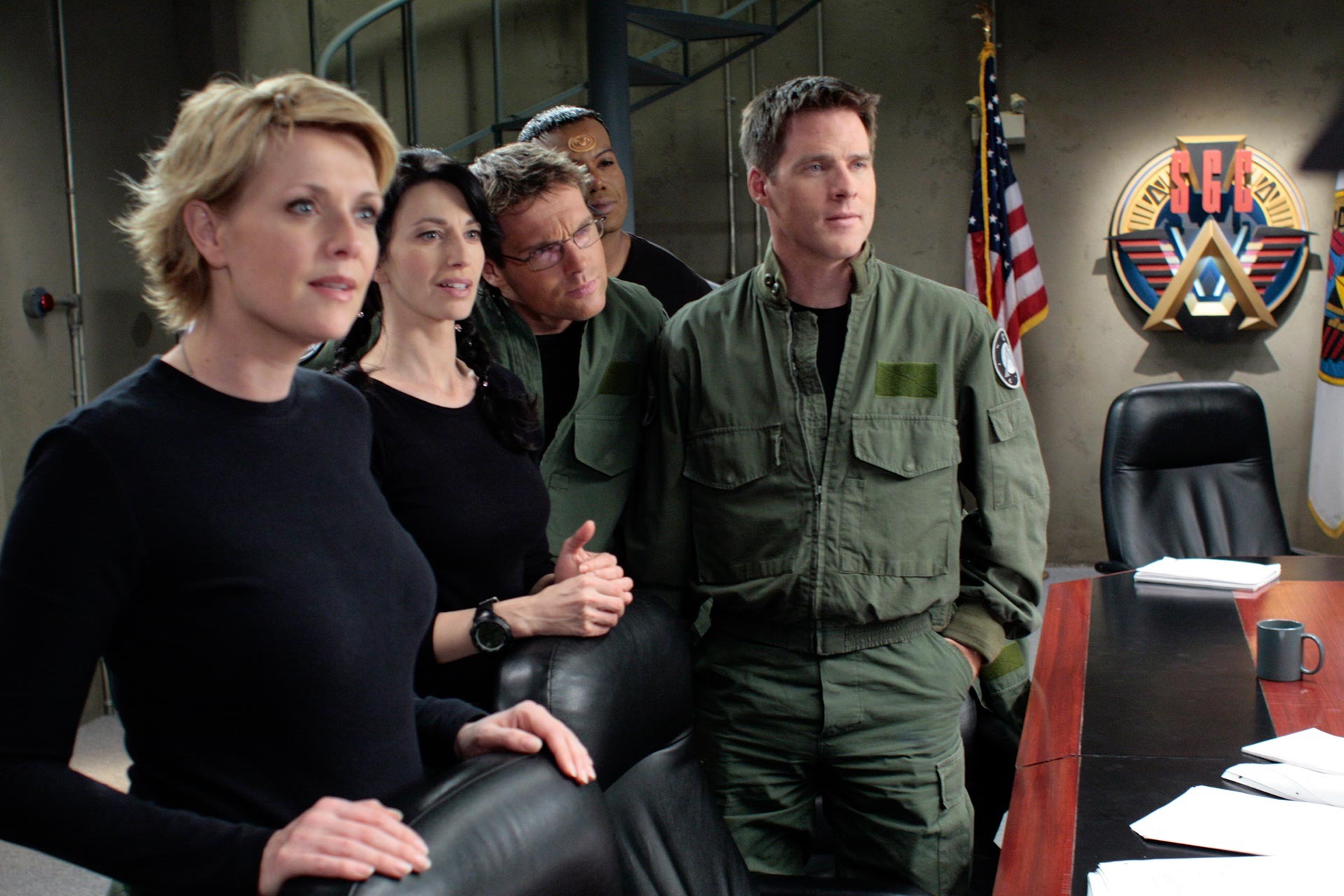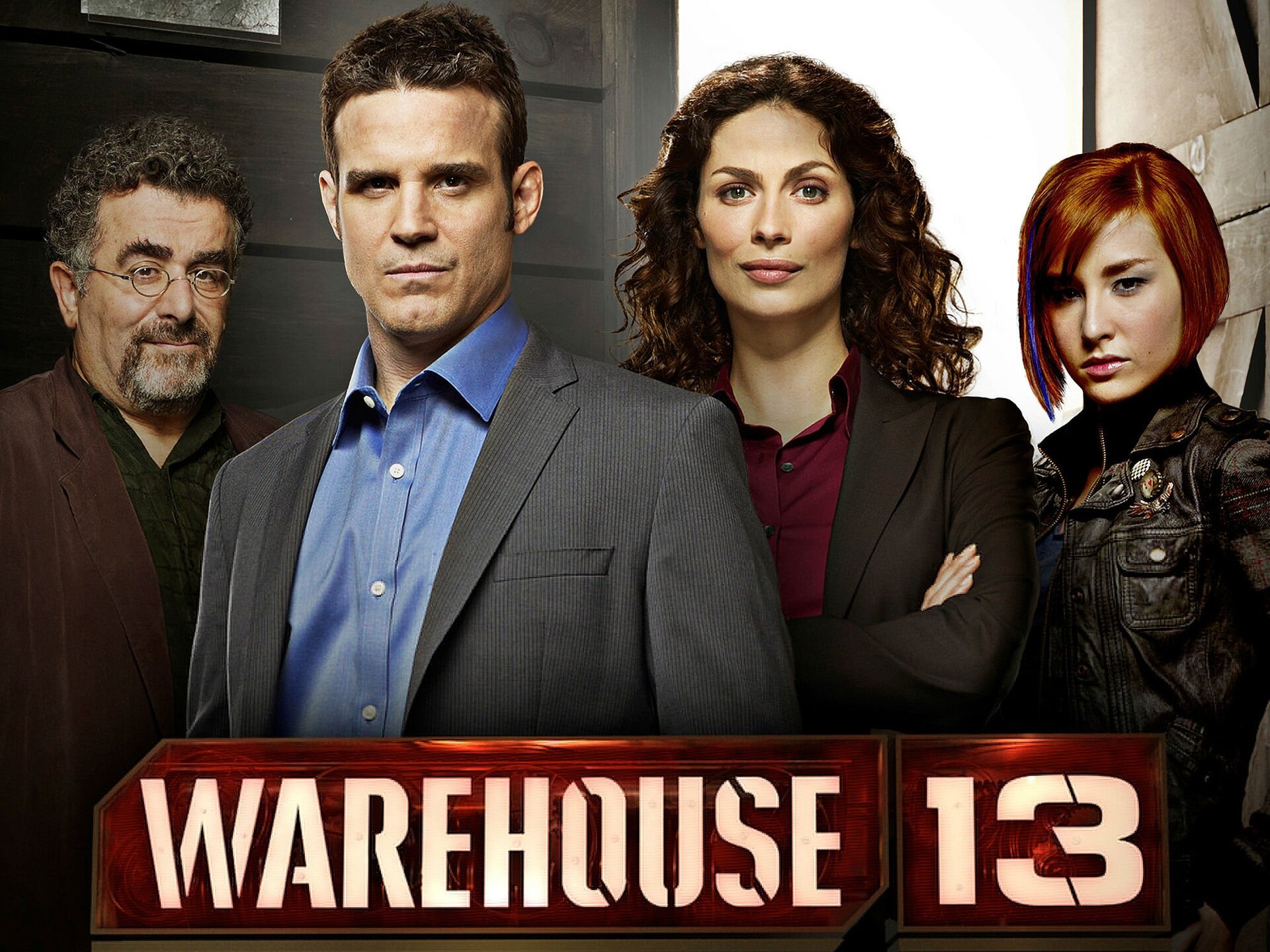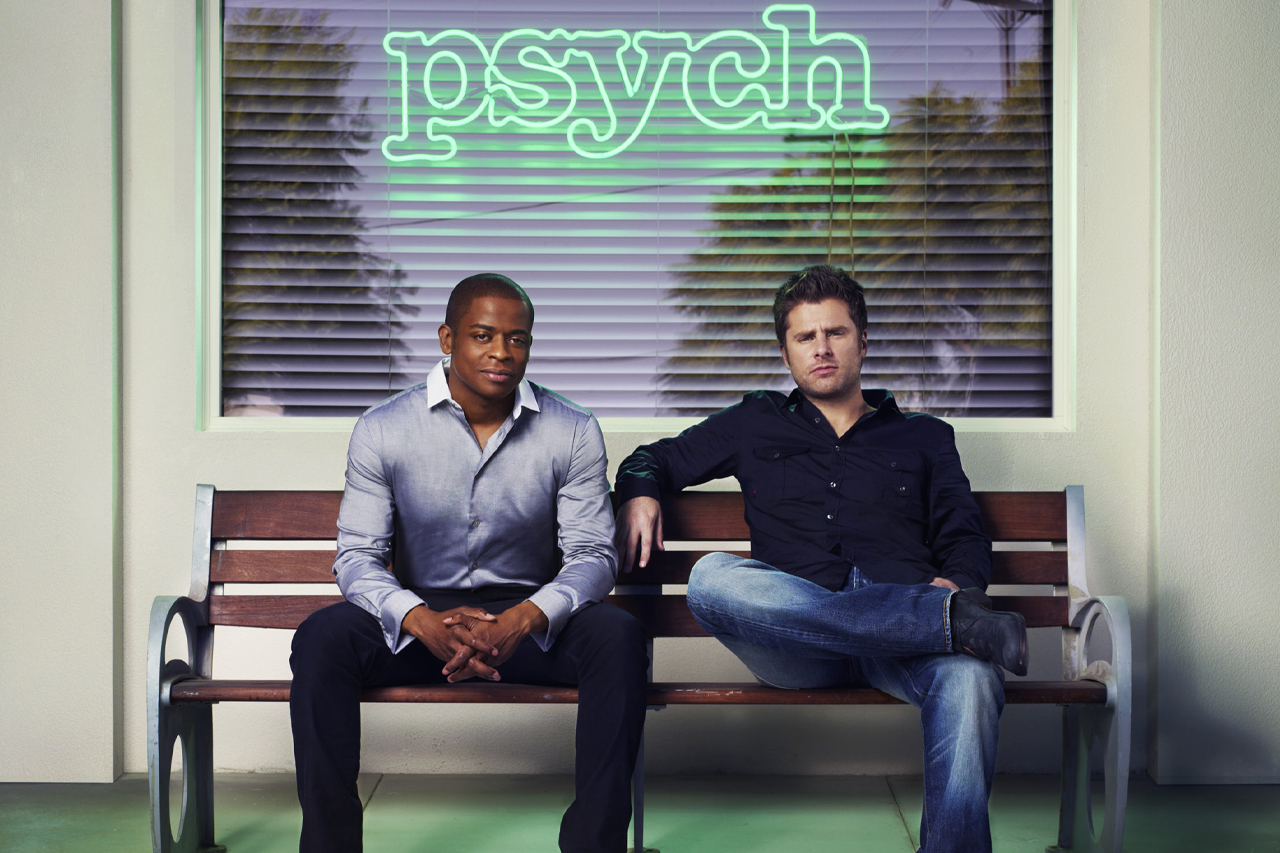A circle made of stone, a watery luminescence to pass through. And then? After, an infinite panorama of worlds to explore. The team is ready, all that remains is to get into action. Following the success of the 1994 film of the same name, today I present you Stargate SG-1, the science fiction television series created by Jonathan Glassner and Brad Wright.
A passage between worlds
Stargate SG-1 was born in 1997 and continued for 10 long seasons until 2007. Based on the assumptions thrown by the film, the creators managed to expand the sci-fi vision of the plot. They have thus built an infinite number of new worlds to explore and alien races of all sorts. And these races, thanks to advanced technologies, have been able to impose their domination and control various Space’s sectors.

Pictured: (l-r) Richard Dean Anderson as Maj. Gen. Jonathan “Jack” O’Neill, Amanda Tapping as Samantha Carter
MGM
So what is the great mission of the team of human beings led by Colonel Jack O’Neill (Richard Dean Anderson)? Their goal is to explore and discover new worlds to obtain the advanced technologies with which the Earth will finally be able to protect itself from the threat of the Goa’uld.
Therefore the Stargate becomes the portal to new cultures, and new races, reachable thanks to various combinations of the strange symbols carved on the stone device. A passage that, typing the correct sequence, can take you anywhere beyond time and space.
In this Tv show, Humans have a still immature role compared to the other alien races, from which they suffer the constant threat. Humanity becomes explorer of the Cosmo, an ambassador of interstellar alliances.
The Goa’uld
The first and most pressing threat that the Earth is facing is that made up of the Goa’uld (alien species also present in the film). It is a race of parasites capable of taking control of the host’s body giving superhuman strength and the ability to resist poisons and diseases. They are also able to slow down aging and, using the so-called sarcophagus, they can occupy the same body for several millennia.
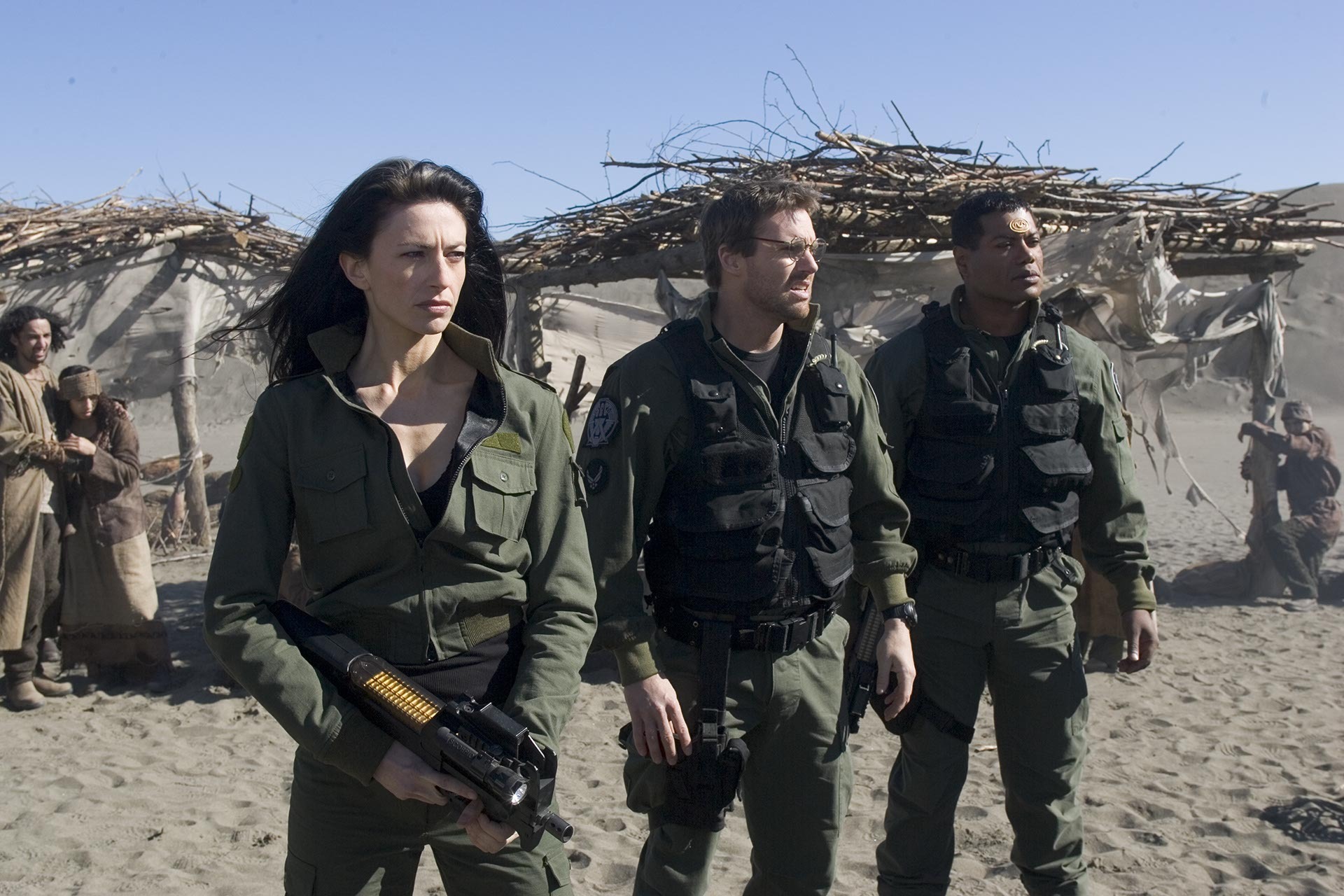
Stargate SG1 MGM
Preferred hosts of this race are Humans, the Unas race, and the Jaffa race, mainly used as containers during their larval stage. Usually, they love to possess powerful men or impersonate real gods. The latter is the case of Ra, an Egyptian deity, but in reality, the first Goa’uld who came to Earth to enslave human beings.
With this species, the creators of Stargate SG-1 put the spotlight on one of the greatest fears of the 90s: the possession of the body by a foreign creature. A slimy and horrifying little being that crawls under the skin and cancels the personality. A neighbor, a father, and a sister could be suddenly annihilated by something alien. This is a theme also taken up by TV series such as The X-Files, Star Trek: Enterprise, Twin Peaks (referring more to spirit possession), and later Eureka, Fringe, and Doctor Who.
The SG-1 team
The first exploration team created to travel beyond the Stargate consisted of Colonel Jack O’Neill; Captain Samantha Carter, played by Amanda Tapping that we will find later in the show Sanctuary; and Dr. Daniel Jackson (Michael Shanks), who joined the project in hopes of finding his wife Sha’re, who was kidnapped by Apophis (another evil Goa’uld).
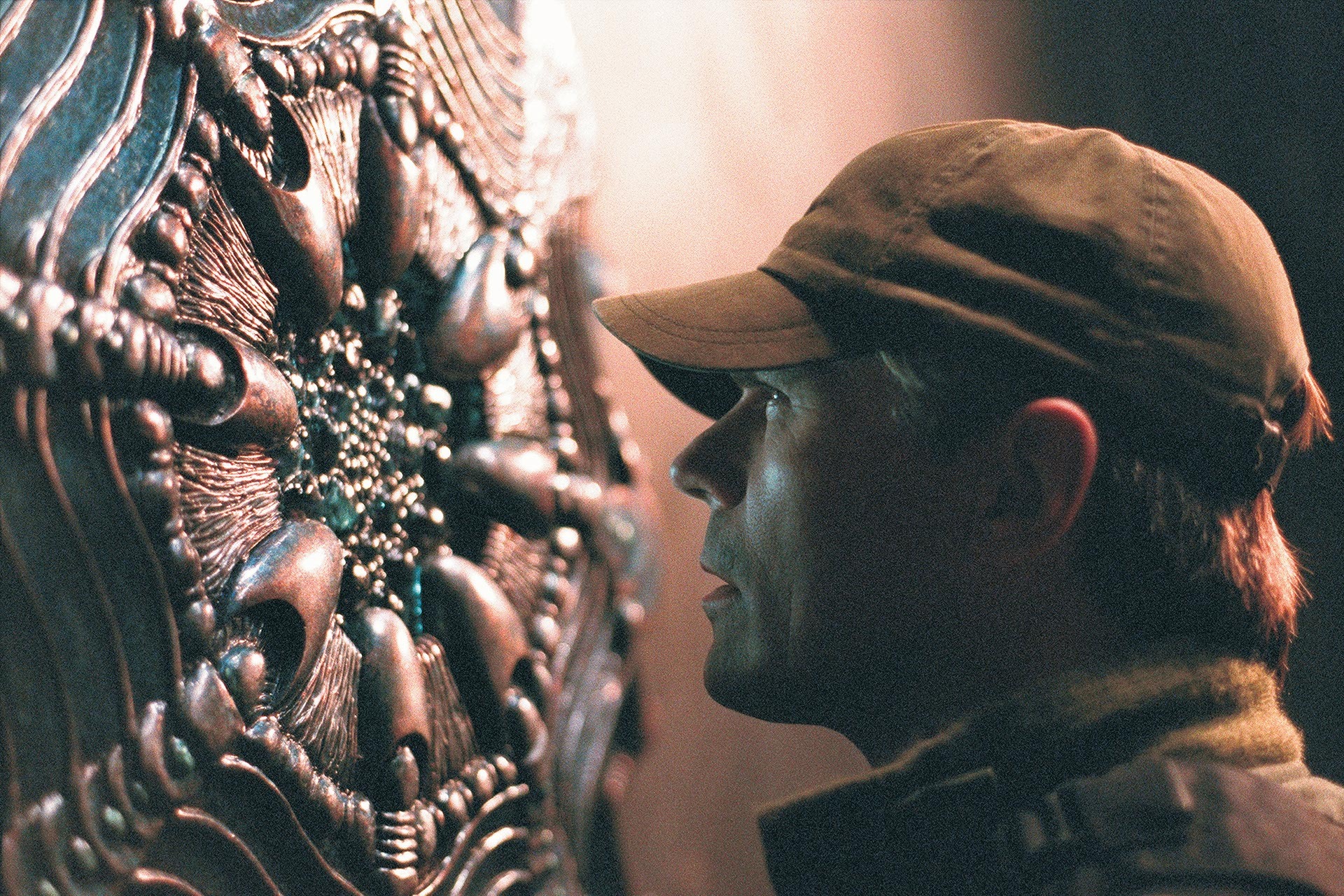
Stargate SG1 MGM
Later, a rebel jaffa named Teal’c (Christopher Judge) will also join the team. He will provide enormous help thanks to his courage and sense of honor, and also thanks to the in-depth knowledge of the Goa’uld.
Each character has characteristics that make them an essential component of the team. Personalities and backgrounds unfold as the seasons progress, until the tenth season, with which the series surpasses the famous nine seasons of The X-Files.
A passage… between the TV series
In the vast panorama of television series ranging from 1990 to 2010, Stargate SG-1 once again brings science fiction to the top. It gave new science fiction ideas to work on and thus created a sort of portal between the TV series of the 90s and those of 2000. And with his combination of races and worlds, and that always extraordinary ability to make sense of outlandish technologies, he enters the Old But Gold column.
So enter the correct sequence, open the Stargate, and get ready to embark on a journey beyond the stars.
